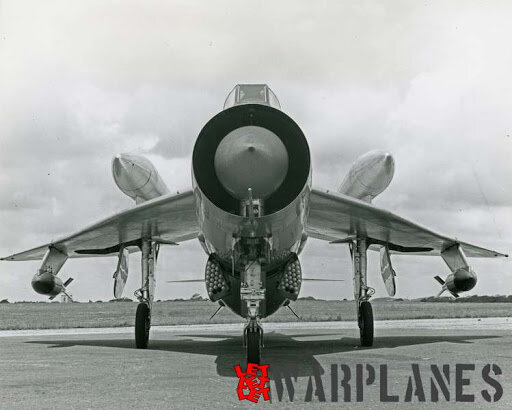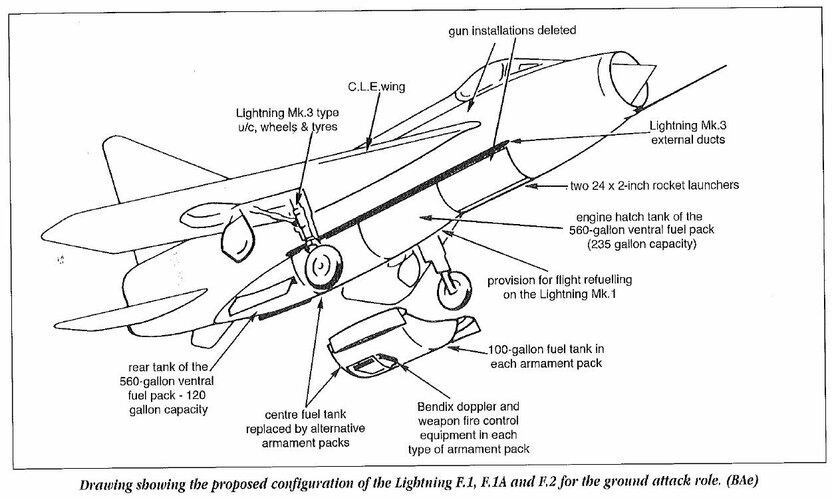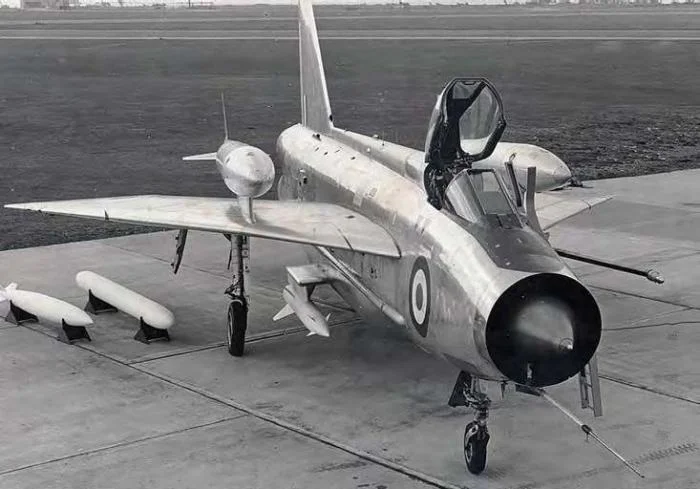RofC #197, KT#211: C.Gardner,BAC,Batsford,81,P104 has 1958 £750K price, Lightning F.1, but that might be for Warton's lumps alone.
MoS practice was to buy engines, radars...directly and issue them free to the airframer, who had no need to know their cost.. So, I hear you say:
Q: how did UK price the Saudi/Kuwait package deals.
A: With great difficulty.
TFP #171: (RAF's) nuclear role was almost entirely limited to Europe. Well, No, but again Yes. Complicated.
NEAF Canberra B.15/16, 28/11/61-24/2/69,
Red Beard Mk.2, were assigned NATO/CENTO “retardation targets” “probably cities - in Ukraine /S.Russia ...CENTO targets in USSR/C.Asia.
12 from Akrotiri,
10 Muharraq,
4 Sharjah,
6 Masirah...recover to Sharjah, Peshawar,Mehrabad”.
R.Moore, F-111K, RAF APR18/3,2015,P17.
FEAF: Red Beard Mk.2, 11/63-13/2/70 in 8x45 Sqn/Tengah Canberra B.15, reinforced by det. 8x32 Sqn/NEAFi, and by UK-det Vulcan B.2 (what weapon?), plus a CV in FE Fleet, Bucc. S.1 wef 21/8/63, S.2, wef 28/7/66 had "
TNA AIR 2/17962 suggests 41 SEATO
(UKAW targets)"
R.Moore, above, Pp.16/46. A Vulcan nav/rad poster on
pprune perceived his Exercise-target to be a trails-crossing in the jungle.
Ah, but...I hear you say, none of the above was in the 7/46
Light Bomber Spec that became Canberra. That was because a UK light
Bomb,
Red Beard, was funded into R&D only in 1952. Not until 2/3/55 did
Mac,MoD, tell
HoC: “power of interdiction upon invading columns by
(AW) gives a new aspect
(to) strategy
(in ME/FE)”
M.Navias,Nuc.Wpns &Br.Strat.Plng.Clarendon,1991,P40. The post-Korea "new aspect" was AW was cheap, in flesh and in cash...because we did not know what to do with Canberra B.6 after its use to bridge to Valiant. 87 B.6 would reach Sqns, HE-armed, but would only serve 6/54-2/57. Then 64 (plus Reserve) were modified to take ML Avn fitments for US Mk.7, secured 8/8/57, deployed 2/7/59-13/7/61 as NATO
Tactical Bomber Force/Coningsby. Replaced by Valiant, 39 were converted 1961/62 as B.15, 19 as B.16, deployed to NEAF/FEAF for no capital cost.
Canberra was
the Multi-Role Combat A/c: Interdictor/AW B.(I).6/8 held Q in RAFG to 6/6/
72!



